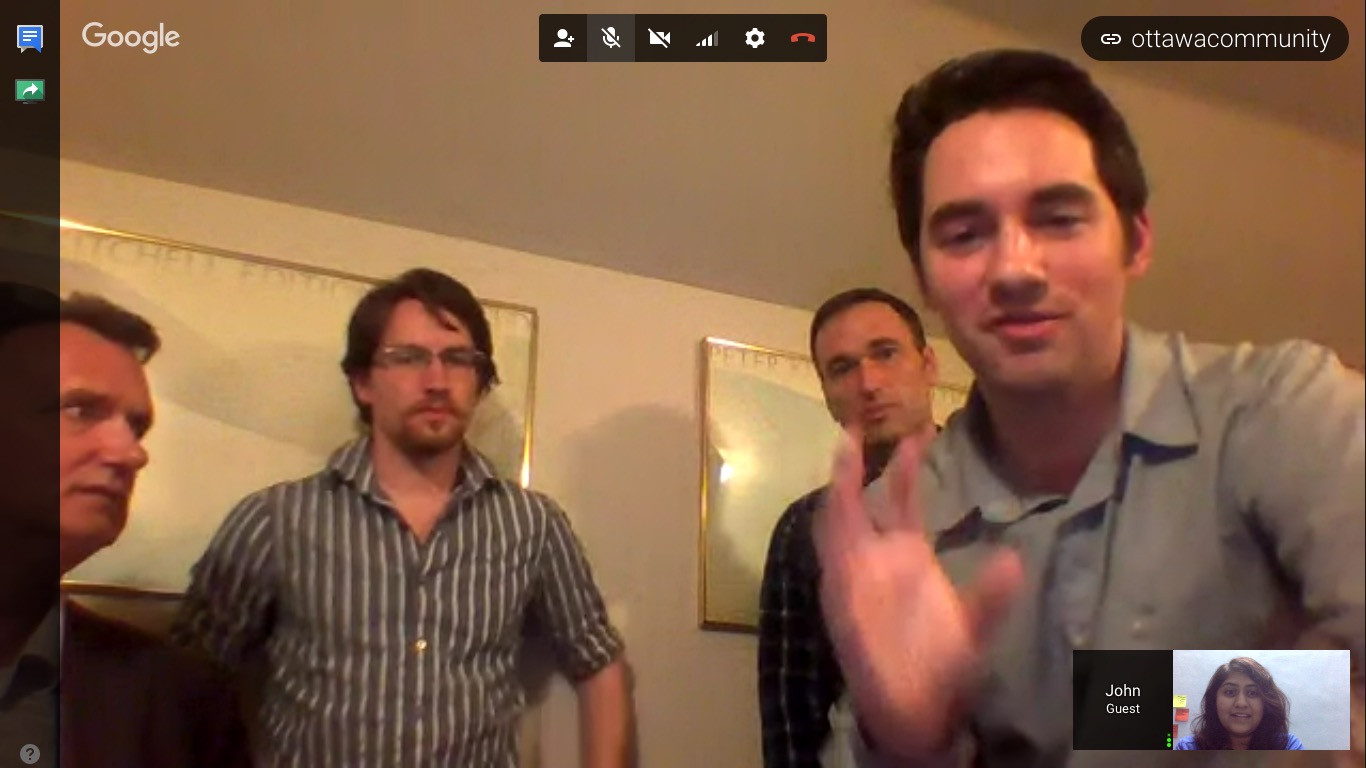Last week, we celebrated osmgeoweek in Bengaluru, India with a community mapping party at the Mapbox office on 15th of November. On a drizzly Sunday morning, @planemad and several OSM-IN volunteers set out to map garbage dumping sites, waste baskets and street lamps in the locality.
 Deciding what to map
Deciding what to map
We do a lot of detailed mapping around our neighborhood in Indiranagar to showcase the possibilities of mapping with OpenStreetMap for the local mapping community, and is now probably the most well mapped neighborhood in the country.
 House-numbers, building heights, trees, street lamps, waste baskets and more only on OSM
House-numbers, building heights, trees, street lamps, waste baskets and more only on OSM
The 6 mappers managed to collect the locations of 220 street-lamps and 16 waste dumping sites in a couple of hours using just field-papers. After a tasty lunch, we got back to the Mapbox office to upload our data and made a quick map to visualize the street lamps.
 Map of street-lamps in Indiranagar. We don’t know how many are actually operational!
Map of street-lamps in Indiranagar. We don’t know how many are actually operational!
To top it off, we got covered by the popular city paper - Bangalore Mirror, which gave OSM some great publicity for OSMGeoWeek!
 Read the full article on Bangalore Mirror
Read the full article on Bangalore Mirror
On Thursday, we organized a mapathon for the data team in office. We decided to time our mapping to an on-going event and collaborate across the world instead of doing our own event. We spotted an OSMGeoWeek event scheduled at University of Management & Technology, Lahore which got us excited. We had maning coordinate with Usman Latif of @Mapgive Pakistan to join hands to map remote areas of Afghanistan. We started the mapathon with a Skype video call with the mappers from our neighbouring country. This was an exciting moment for the entire data team as it was a wonderful experience to work together with our friends from across the border.
 Historic first for mappers from Pakistan and India, united by technology!
Historic first for mappers from Pakistan and India, united by technology!
Geoweek has been great fun, and has given an opportunity for all of us in the Mapbox data team to be aware of the possibilities of geography uniting people over a common idea. Looking forward to hearing more stories from around the world. Happy Mapping!



 Here’s the map of all events, find the interactive one
Here’s the map of all events, find the interactive one 


 The map showing the buildings added by the community made using
The map showing the buildings added by the community made using  Members of the OSM Ottawa community at the weekend mapping party to discuss the Ottawa building import and mapping the remaining buildings in the city interacting with the Mapbox data team in India
Members of the OSM Ottawa community at the weekend mapping party to discuss the Ottawa building import and mapping the remaining buildings in the city interacting with the Mapbox data team in India

 These are the exit numbers added by the team. The pink dots represent
These are the exit numbers added by the team. The pink dots represent 















 To add a turn restriction using the turn-restriction plugin
To add a turn restriction using the turn-restriction plugin

 Deciding what to map
Deciding what to map House-numbers, building heights, trees, street lamps, waste baskets and more only on OSM
House-numbers, building heights, trees, street lamps, waste baskets and more only on OSM
 Read the
Read the  Historic first for mappers from Pakistan and India, united by technology!
Historic first for mappers from Pakistan and India, united by technology!